One of the greatest pandemic-era challenges parents faced was how they would continue their child’s education. There is no question that COVID-19 transformed the landscape of K-12 schooling. Private school enrollment has reached its highest rate in a decade. This is due to people distrusting public school pandemic precautions and wanting to continue in-person learning.
The U.S. Census Bureau ACS reports a 19% increase in private school enrollment between 2020 and 2021. The data indicate a significant rise in students attending private schools. It is uncertain if these trends will persist. However, having more students pursuing a private education raises the issue of safety and security in private schools.
Safety Concerns For Private Schools
School safety is a priority concern for parents across the country. This is one of the reasons why they choose to send their children to private schools. Private schools have many advantages, such as a larger campus and a better student-to-teacher ratio. Therefore, it is understandable that safety issues would be less of a concern.
The teachers and administrators in small private schools often have a better understanding of how to manage student safety. This is due to their articulated discipline policies and the close relationship between staff and students. However, private schools are not immune to all vulnerabilities, regardless of size and population. Following the shooting incident at The Covenant School in Nashville, Tennessee, individuals associated with private schools are now concerned about the possibility of a similar situation occurring in their schools.
I recently had the privilege of providing a safety and security assessment for a small private school. Like many others, they have growing concerns about student safety in light of the Nashville tragedy. They sought help to improve their current safety and security measures.
Safety issues varied from determining the proper evacuation procedures in case of an emergency to ensuring that outsiders cannot see into classrooms. Written policies provided directions for lockdown drills. However, before this year, conducting drills was not part of their routine.
This school is taking all the necessary steps to identify the safety and security needs to protect its staff and students. One primary concern regarding future improvements on a larger scale was the cost of implementation. Private schools, unlike public schools, do not receive government funding. The funding paid through taxes can be used for extra safety measures. This includes hiring security officers or school resource officers. Unfortunately, some private schools cannot afford this luxury.
I am a safety and security assessor. To do my job effectively, I must understand and respect the culture of private schools. Many of these schools have a religious learning curriculum different from public schools. Many actions and policies may not be suitable for private schools. Security recommendations must consider the everyday lifestyle of individual schools and respect it. Funding can be a challenge for private schools. Fortunately, there are low to no cost security improvements that can be implemented until larger-scale solutions can be afforded.
Low to No-Cost Security Recommendations
Schools can consider many options for low-cost or no-cost tactics as part of their safety efforts. Below I will explain five ways a private school can maximize safety efforts at a minimum expense.
- Train your staff and conduct lockdown drills. Start using regular monthly or quarterly staff meetings to discuss safety and security measures. Introduce lockdown drills to the staff during these meetings by having the teachers and administrators run through the drills and other emergency scenarios. The repeated action of training helps to encourage muscle memory for everyone involved.
If a school hasn't done a lockdown drill before, it can be scary for students who don't know what to expect. Training teachers and staff about drills helps them work with students more effectively when implementing school-wide drills. This can lower student stress associated with lockdown drills. Practicing lockdown procedures regularly helps students and staff to respond quickly in an emergency.
- Conduct staff walk-throughs to identify any gaps in security measures already implemented. Have a policy for staff and administrators to periodically check doors, door locks, security camera functionality, and lighting throughout the school. Knowing that classroom doors will close and lock appropriately in an emergency, such as the case of an intruder trying to gain entry, will create peace of mind.
This can also be applied to two-way communication throughout the school. Testing handheld radios or classroom intercom systems will ensure a staff member can call for help in an emergency. If something is broken or not working properly, like a door lock, radio, or light bulb, staff should tell maintenance right away. Have a plan to ensure things get fixed quickly to keep everyone safe.
- Encourage students to report threats to the administration or staff. Private schools typically have fewer students in each class and closer relationships between students and teachers. It's important for teachers to encourage the reporting of suspicious or threatening behavior. Students should know who they can go to report concerning situations. Empowering this level of communication enhances the school’s ability to be aware of dangerous situations in advance.
- Meet with local first responders to discuss roles and responsibilities in the event of an emergency. Sharing critical information like school incident plans, floor maps, and campus designs with law enforcement, dispatch centers, and other first responders can enhance their response time during emergency situations, including medical emergencies.
Label building entrances with big, bright letters over the doors. Use a different color for the background to help first responders find them easily. For example, use a white letter “A” on a black background to identify the main entrance Schedule follow-up meetings to ensure all shared information is current, as offices, classrooms, and building layouts can change. - Use wayfinding signage and natural surveillance as an advantage. Wayfinding involves using architectural and landscaping features to direct people throughout the property and within the building.
Clearly identify the main entrance to the school and post signs on other entrances redirecting visitors to the main entry. Signs should include arrows, maps, or directions, not just “Visitors must report to the office.” This prevents visitors from wandering school grounds and entering student circulation areas without being vetted by school staff or an administrator.
Natural surveillance guides the placement of physical features such as windows, lighting, and landscaping. These features affect how much can be seen by building occupants and passersby. Trim shrubbery and trees near the building to provide clear lines of sight throughout the school grounds. Classroom and office windows should be clear from clutter to allow staff and students to observe activity outside the building.
How Parents Can Get Involved
Even though it seems that most attention is focused on public schools regarding violent incidents, parents in the private school community should not become complacent. There are many benefits to smaller private schools, but safety and security are still critical considerations.
Parents must learn and understand what is happening in their child’s school regarding safety. Be a voice in the school community. Not just to school administrators but also to your child(ren). Talk with your child(ren) early and regularly about safety risks.
Don’t assume your child knows the basic safety and risk facts. Children absorb much information from many sources, including social media platforms. It is essential for parents to discuss the information they are hearing and to help relay age-appropriate and correct information in a calm and supportive manner.
Being open and honest in these situations helps your child know they can come to you later with any questions or problems. Communication is key. Talking openly with your child and school can reduce stress caused by uncertainty. Our children are our most precious assets, and by working together, we can continue to have safety at the forefront of education, whether public or private.
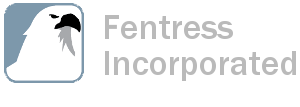

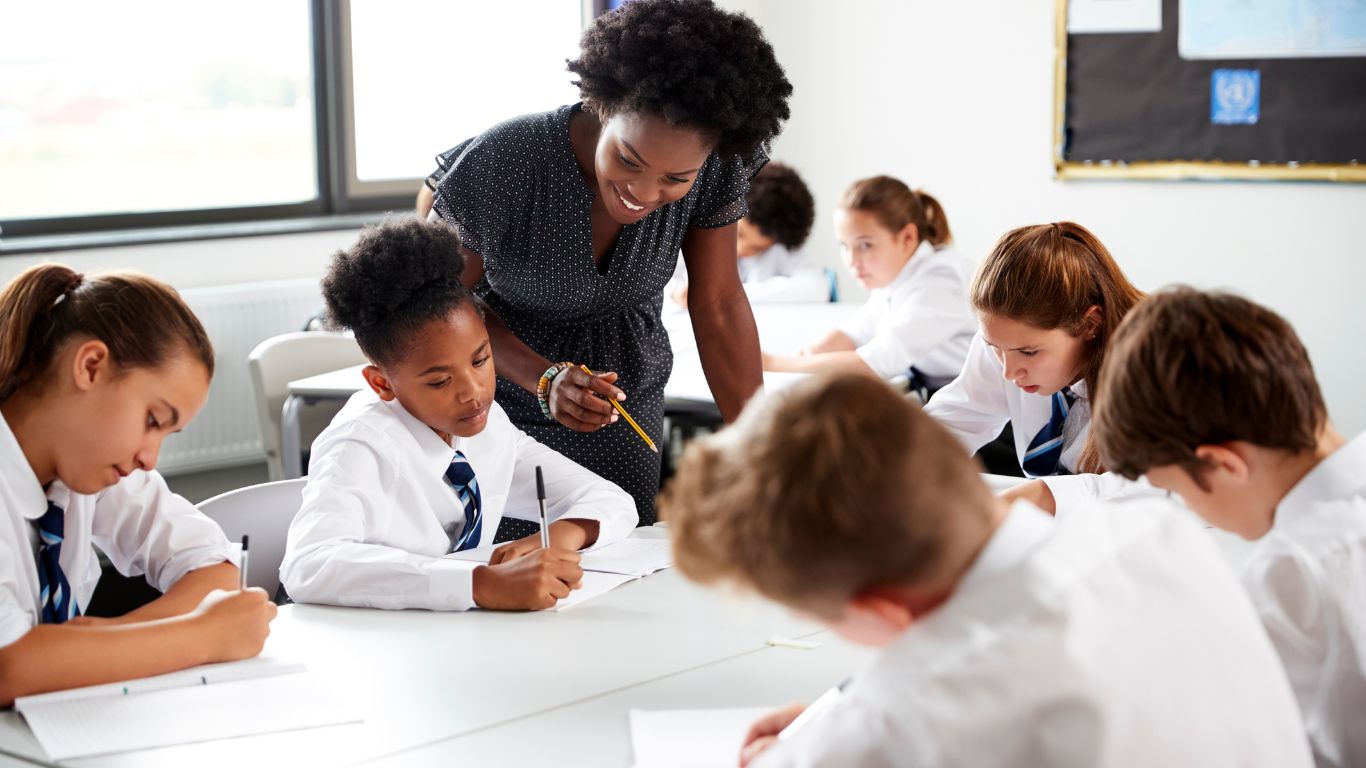
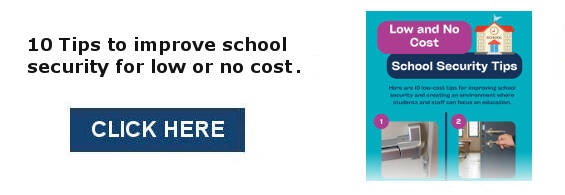
-1.jpg)
.jpg)
.jpg)
.jpg)
-2.jpg)
.jpg)
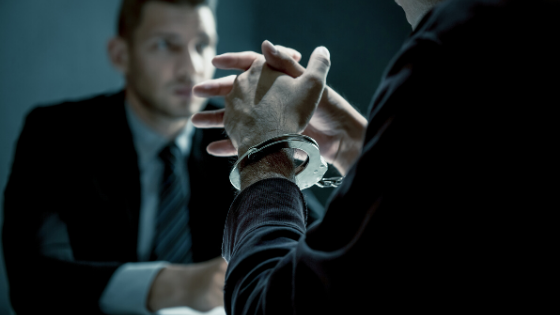

.jpg)
.jpg)
.jpg)
.jpg)
.jpg)

